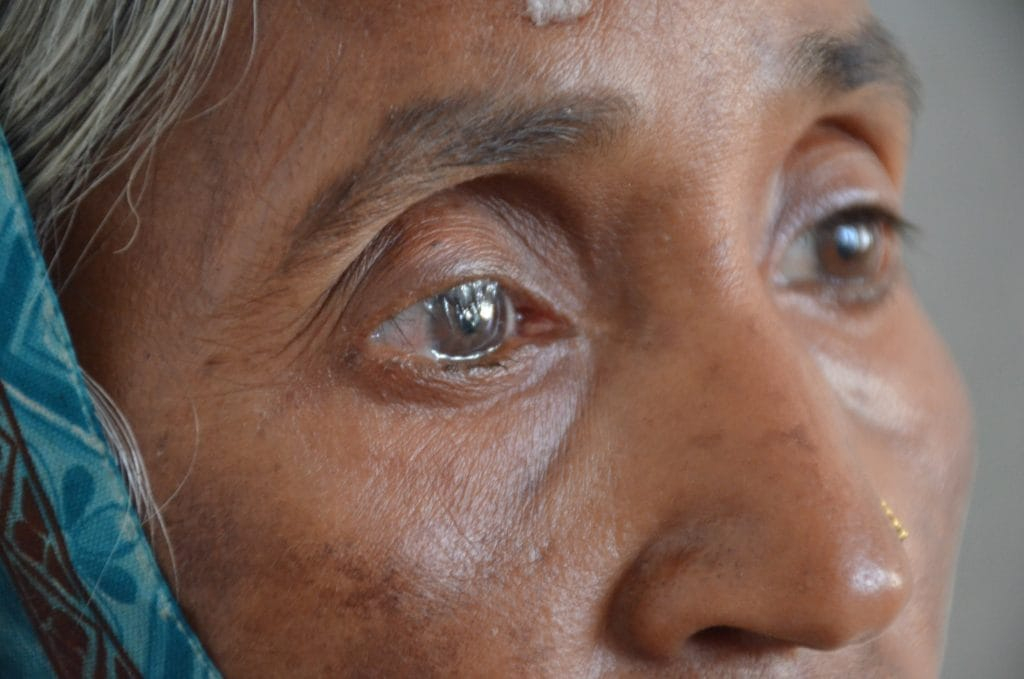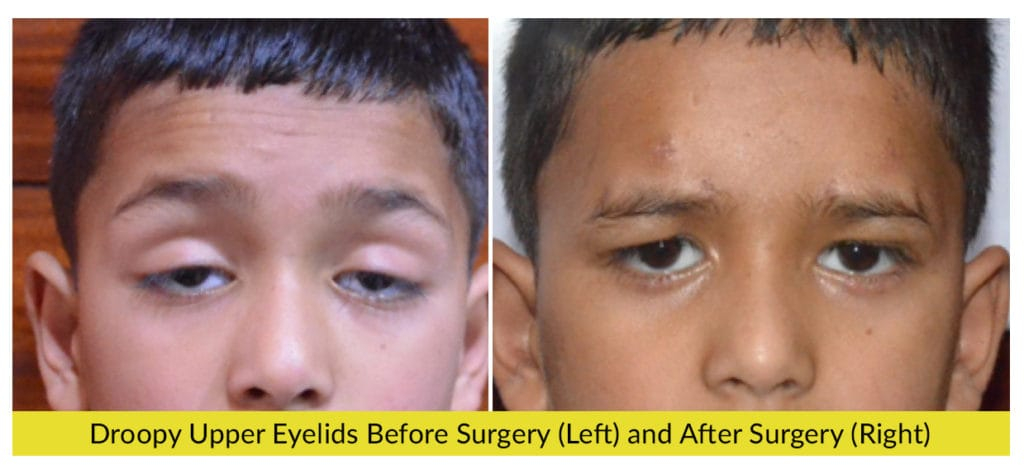Eyelids form a very crucial part of our eyes. They protect the exposed part (cornea) of the eyes from any foreign body irritations or injury. The blinking of the eyelids spreads moisture over the eyes that helps in keeping them healthy and clean.
An eyelid disorder is any abnormal condition that affects the eyelids. Like most other parts of our body, our eyelids get affected by infections, inflammations (swelling) or even growths (cancerous and non cancerous). Eyelids can even lead to drooping, twitching or paralysis.
Some common eyelid problems include that of;
- Stye (bacterial growth in the root of the eyelash)
- Blepharitis or eyelid inflammation due to accumulation of debris along the eyelid margin.
- Chalazion – cyst or a bump in the eyelid that is caused by inflammation of blocked oil gland
- Eyelid edema
- Eyelid tumors
Some structural problems in eyelids include:
ENTROPION

This is an eye condition in which one of the eyelids (usually the lower eyelid) folds inward. This is due to an extra fold of the skin that causes the lashes to turn in towards the eye. This causes rubbing of the eyelashes against the cornea and conjunctiva resulting in irritation, redness and white mucoid discharge.
Causes
Most commonly, entropion occurs in the elderly as a result of age-related changes. But, it may also occur due to reasons like congenital, scarring, eye infection or spasm.
Treatment
Artificial tears and lubricating eyedrops help in suppressing symptoms of irritation and discomfort in the eye. Other short-term options may include gently pulling and taping the eye lid to the outside of the eye. This creates tension that causes the eyelid to flip away from the eye. Moreover, botox injections may be used to achieve the same result.
Surgery is usually needed, and involves tightening and shortening of tendons and muscles with stitches that help in turning the lid outward. It may also involve removing excess skin of the lid.
ECTROPION

Ectropion is an eye condition in which one or both eyelids turns outwards exposing the inner surface of the eye-lid. This causes tearing, irritation and redness.
Causes
Similar to entropion, the usual cause is aging when weakening of tissue of the lower eyelid occurs. But, it can also appear as a defect that takes place before birth (especially in children with Down’s Syndrome) or due to a scar on the outside of the lid from surgery, injury or disease. It can also result due to eye allergies.
Treatment
Though, lubricating eye drops and ointments may help, surgery is usually necessary to correct the condition. Surgery is done to tighten the muscles that hold the eyelids in place.
What type of surgery you have, depends on the condition of the tissue surrounding your eyelid and on the cause of your ectropion:
- Ectropion caused by relaxation of muscles and ligaments due to aging may require removal of small part of your lower eyelid. Once the lid is stitched back, the tendons and muscles of the lid are tightened, causing the lid to rest properly on the eye.
- Ectropion caused by scar tissue from injury or previous surgery may require skin grafting. The skin graft will be taken from your upper eyelid or behind your ear, to help support the lower lid.
BLEPHAROPTOSIS

Blepharoptosis, or ptosis, is an eyelid disorder when the upper eyelid droops. The eyelid may droop to the extent that it can block your pupil, causing functional vision loss or partial blindness, depending on the severity of the condition.
Slow drooping over a long period of time is less serious than sudden onset of drooping eyelids. The primary symptom of ptosis is a visible drooping of the upper eyelid. You may notice this symptom in one or both eyes.
Causes
A number of factors that affect the muscles, nerves or skin of the eyelids can cause ptosis.
- The levator muscles (muscles that allow your eyelids to move up and down) can weaken due to age or injury.
- Some may be born with weak eye muscles causing them to develop ptosis at the time of birth or at a young age. Children who have ptosis may use certain gestures or body positions like frequent eyebrow raising and head tilting, indicating ptosis that is interfering with normal sight. Children with ptosis are also at an increased risk of developing a lazy eye.
- Nerve damage can cause ptosis.
- Some chronic conditions like diabetes and myasthemia gravis (an autoimmune disease that causes muscle weakness in the face and elsewhere in the body) may also increase your risk of ptosis.
Treatment
Once eyelid changes are present with any vision loss, eye misalignment or movement problems, an evaluation and subsequent treatment is needed.
Usually surgery is the best treatment for drooping eyelids. The levator muscles are tightened to lift eyelids, giving you an improved vision and appearance. But, the treatment may be focused according to underlying cause of it like;
- If diabetes is the cause, you may be guided more on management and control of diabetes to manage this condition.
- Drooping eyelids caused by spinal cord injury, tumors, nerve damage or cancer can be treated after understanding the underlying cause of it.
- If myasthenia gravis is the cause, you are likely to be prescribed medication to ease ptosis and other symptoms of this disease.
- In cases of congenital ptosis, surgery involving manually tightening the levator muscles to lift the eyelid may be required.
Some eyelid disorders will go away with time or once an infection clears, but many can lead to serious chronic disorders if you don’t get treatment for them on time. These disorders include dry eyes, astigmatism or even vision loss. Surgery can be very successful in restoring vision, eye function and general appearance of the eye. Contact your eye specialist without delay if you have a problem with your eyelids.


